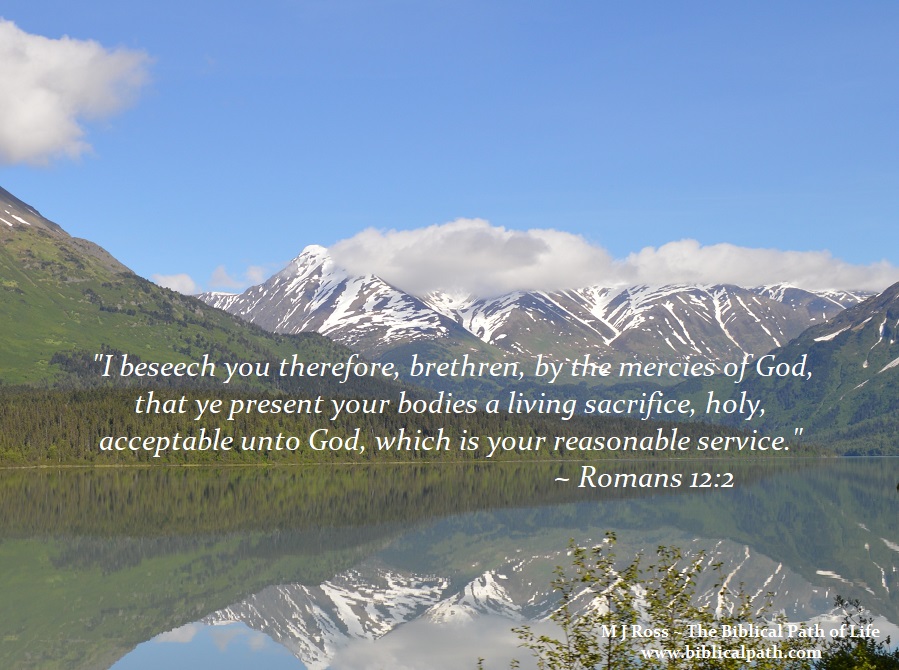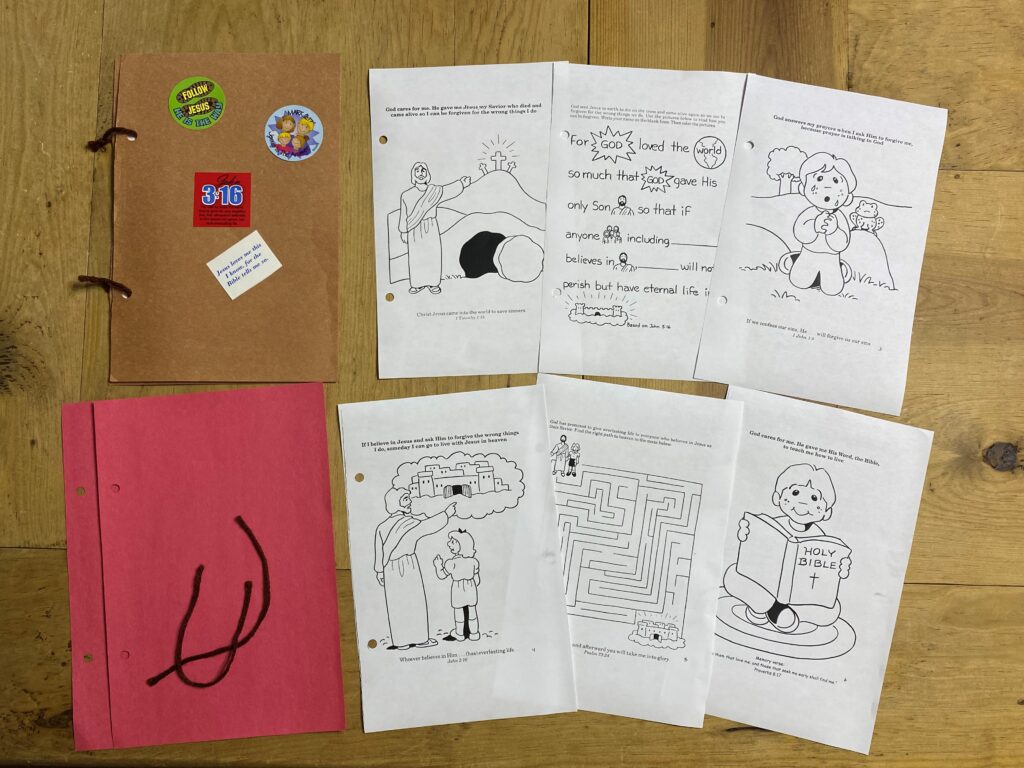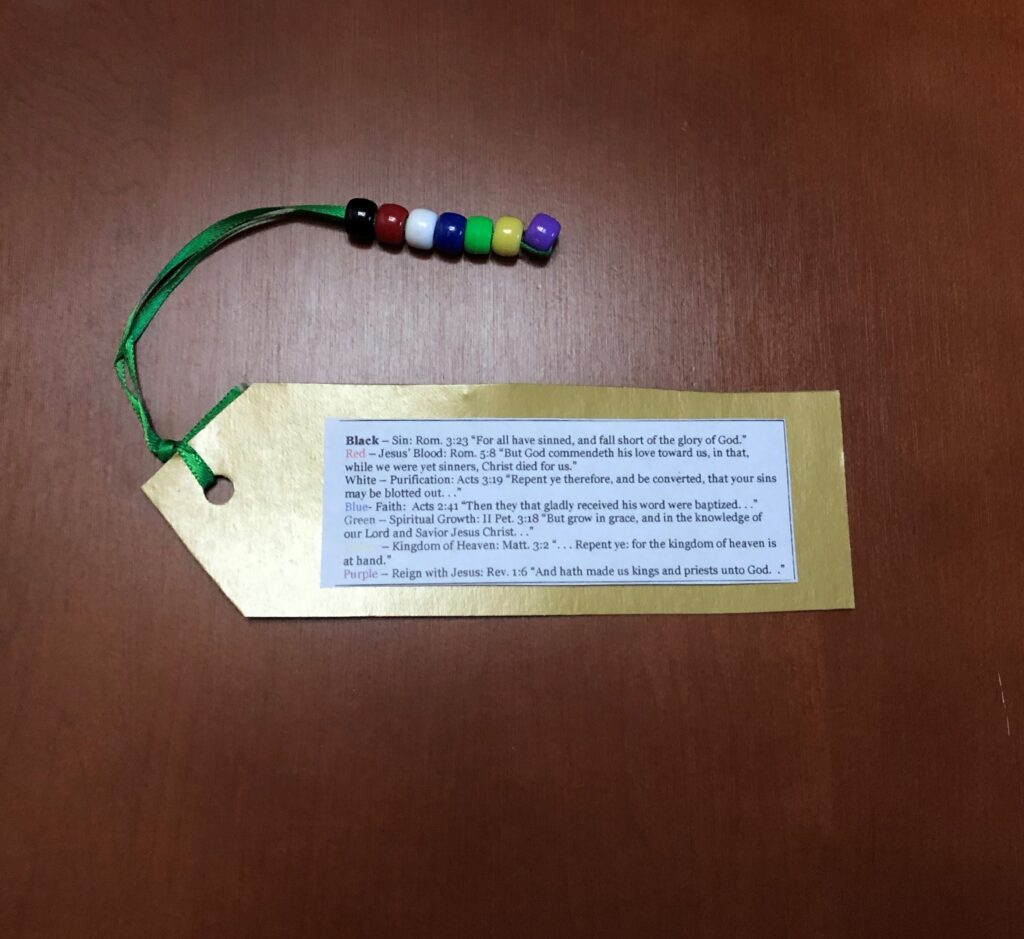
Key Verse
And be not conformed to this world: but be ye transformed by the renewing of your mind, that ye may prove what is that good, and acceptable, and perfect, will of God.
—Romans 12:2
Key Verse Thought: Read today’s Key Verse. Conformed means “to be fashioned alike; one is not to be molded by the external and fleeting manners or ways of this period of time, but to undergo a deep inner transformation that can only be brought by the Holy Spirit.” We are to understand that a Christian is not to look like, act like, or even sound like the world in which we live. Instead, Christians are to be completely changed – to be like Jesus. To be transformed from the inside out. The only way to do that is to read God’s Word, learning how Jesus wants us to live an acceptable life before him – and then living that life!
Emphasis: It is important to understand what a Christian is to do once they give their heart and life to Jesus. The rest of the time spent on earth is to learn how to live a life better pleasing to God, to get along with one another, and encouraging one another. In addition, Christians are to be able to tell others about Jesus.
Lesson Summary: In our last lesson, we learned that everyone is a sinner and needs Jesus to take away their sin. After learning how to be saved, a Christian must know how to live a life pleasing to Jesus.
One important thing each new Christian must recognize is that they are to no longer live a life pleasing to the flesh – for they are a new creature; a spiritual one. These two natures are contrary one to another, so there will be a struggle. Paul understood this and explained this to the new Christians.
We will look at some of the other things Paul taught to new Christians: Christians have been adopted into God’s family; God will never leave them; God is for them; they are to want others to be saved, and tell others about Jesus; how to live; how to get along with other Christians; the importance of obeying the laws of the land; how to “walk honestly;” and to encourage one another.
As we end this lesson, we will read a warning Paul wrote: once a Christian learns how to live a life pleasing to Jesus and begins to live that new life, he is to recognize those who claim to know Jesus, yet do not live a right life. Christians are to avoid those people and stay away from them.
Y3Q3 – Lesson 2 Questions
Y3Q3 – Lesson 2 Children’s Worksheets
If you are teaching this to children, the following is a craft idea to help them remember this lesson:

We made a butterfly with construction paper, stickers, and a pencil to help us remember that Christians are transformed into a new creation – much like a butterfly from a caterpillar.
The Biblical Path of Life – Year Three, Quarter Three is available through Amazon.













